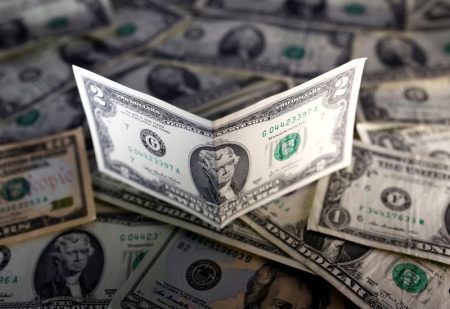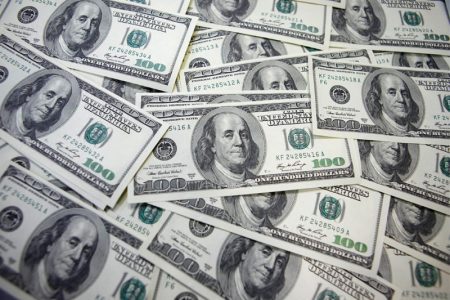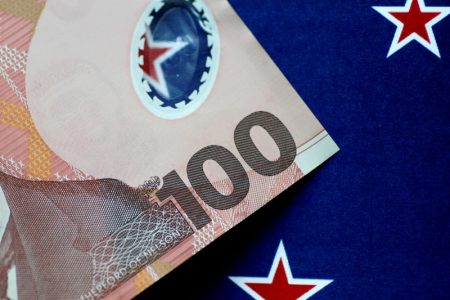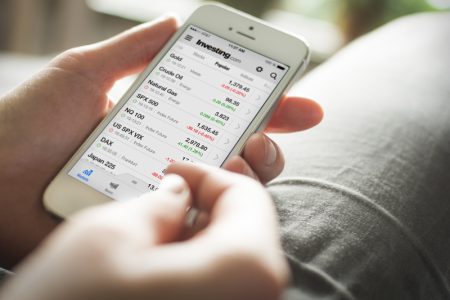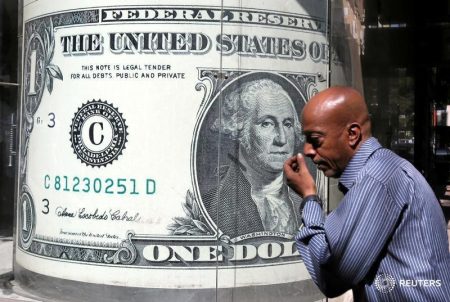By Ankur Banerjee
SINGAPORE (Reuters) – The U.S. dollar swayed in a tight range on Tuesday as traders took stock of developments in the Middle East and braced for a slew of speeches by central bank officials this week headlined by Fed Chair Powell to gauge the monetary policy outlook.
The yen was pinned close to the key 150 per dollar level, keeping investors on edge for any signs of intervention by the Japanese authorities.
The yen last fetched 149.60 per dollar, having slipped to 150.17 on Oct. 3, the weakest in a year, before getting some relief in a brief rally.
Japan’s top financial diplomat Masato Kanda said the yen was still perceived as a safe haven asset like the dollar and the Swiss franc despite its recent weakness, and was benefiting from demand due to the conflict in the Middle East.
Israel’s shekel on Monday breached the key level of four per U.S. dollar for the first time since 2015 on jitters over Israel’s war with the Palestinian militant group Hamas. It was last at 4.0176 per dollar in choppy trading on Tuesday.
“Geopolitics will continue to be a key driver for markets in the week ahead as investors continue to weigh the risks of an escalation with the approach of the U.S. authorities to prevent the conflict spreading to rest of the Middle East region,” said Charu Chanana, market strategist at Saxo in Singapore.
The , which measures the U.S. currency against six rivals, inched 0.056% higher to 106.32, after dropping 0.36% on Monday.
Investor attention will firmly be on U.S. Federal Reserve Chairman Jerome Powell, who is due to speak on Thursday, during a busy week of speeches by regional bank heads. Fed officials will enter into a blackout period on Oct. 21 before the Fed’s Oct. 31–Nov. 1 meeting.
Federal Reserve Bank of Philadelphia President Patrick Harker said on Monday the central bank should not create new pressure on the economy by increasing the cost of borrowing.
Fed funds futures traders are pricing in a 33% chance of an interest rate hike in December and 10% chance of a hike in November, according to the CME Group’s (NASDAQ:) FedWatch Tool.
Christopher Wong, currency strategist at OCBC, said the dollar is likely caught in a range for now.
“Higher for longer (rates), relative U.S. growth resilience and fears of broadening conflict are some of the factors that may underpin support for the dollar,” Wong said.
“But less-hawkish Fed speaks suggests the Fed maybe setting the stage for an extended pause. This may mitigate dollar upside.”
The focus will also be on British wage data, with average weekly earnings growth in the three months to August expected to moderate to 8.3% in annual terms, according to a Reuters poll, from 8.5% in July.
The August numbers may spark concerns of another rate hike at the next Bank of England meeting in November, according to Michael Hewson, chief market analyst at CMC Markets (LON:) in London.
“These concerns seem overstated and really shouldn’t be a problem in the short term given the massive hit to consumer incomes over the past 18 months that has made consumers worse off.”
Sterling was last at $1.2199, down 0.14% on the day, after jumping 0.6% on Monday. The pound is down 3.7% for the month.
The euro was down 0.14% at $1.0545.
European Central Bank chief economist Philip Lane said the central bank will need some time, possibly until next spring, before it can be confident that inflation is returning to its 2% target, according to an interview with a Dutch newspaper.
The Australian dollar rose 0.17% to $0.6353. Australia’s central bank considered raising rates at its recent policy meeting but judged there was not enough new information to warrant a move, minutes of the Reserve Bank of Australia’s Oct. 3 policy meeting showed.
The New Zealand dollar fell 0.47% to $0.5901 after data on Tuesday showed consumer inflation hit a two-year low, reducing expectations the central bank will hike the cash rate further in November.
Read the full article here








